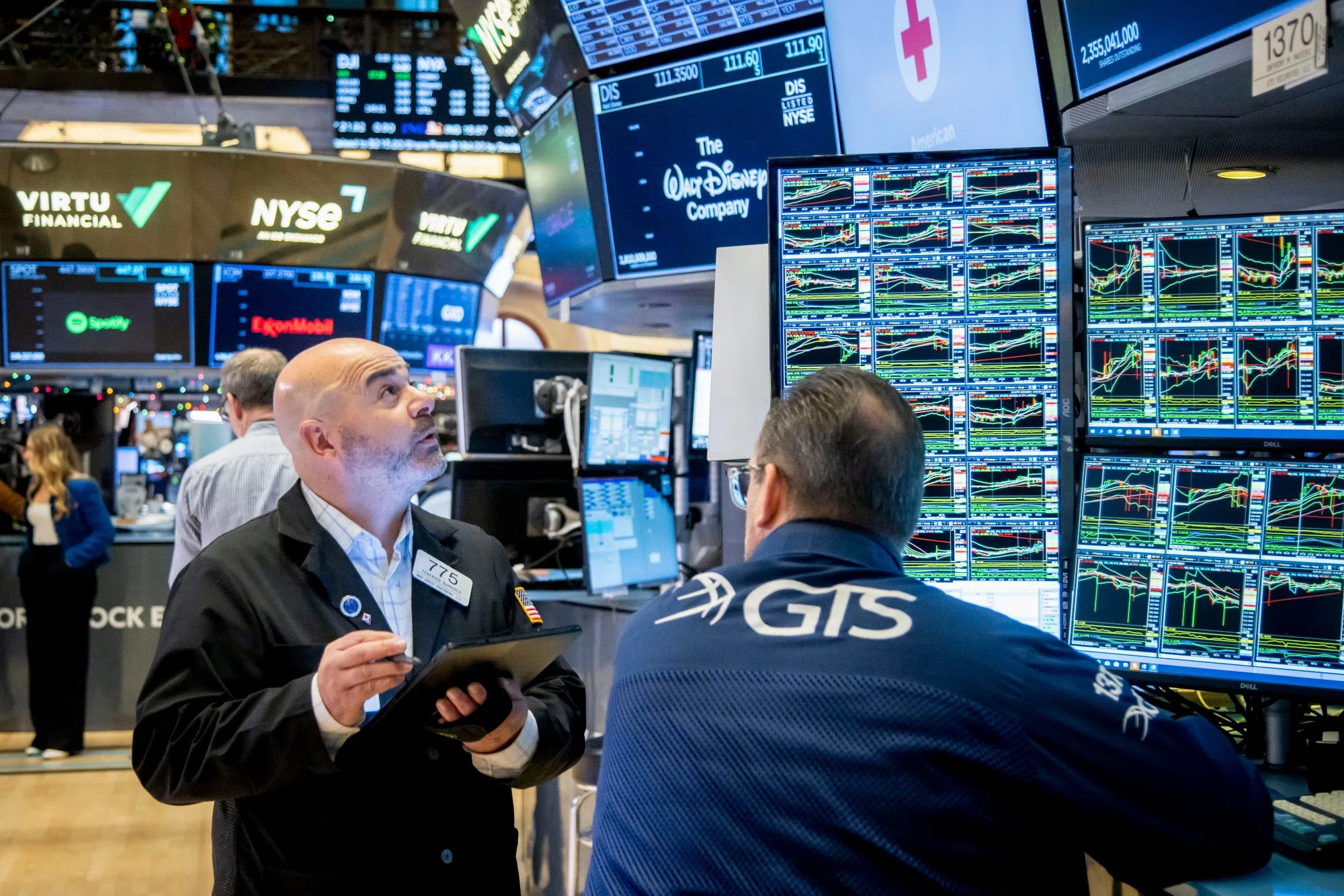WITH uncertainty swirling around the outlook for inflation and interest rates, there’s been one dependable catalyst keeping Wall Street’s spirits lifted: Corporate America’s bottom line.
US companies that beat analysts’ profit estimates are seeing unusually large jumps in their stocks soon after – a sign that the latest slew of earnings reports are delivering a dose of confidence to traders even as expected policies from President Donald Trump and the direction of the Federal Reserve cast doubt on the staying power of the equity-market rally.
The stocks of S&P 500 Index members that have reported stronger-than-expected profits in the most recent quarter have outperformed the benchmark by an average of 1.5 per cent within a day of the results, according to data compiled by Bloomberg Intelligence (BI).
Only those that account for about one-fifth of the S&P 500’s market capitalisation have so far reported. But if the trend holds, it would mark the best post-earnings reaction since 2018, data compiled by BI show.
“You can feel the market sigh in relief with each report that makes an upside case for the 2025 earnings environment,” said Keith Buchanan, senior portfolio manager at Globalt Investments.
Among those reaping the biggest rewards for strong readouts was Netflix, which jumped almost 10 per cent after posting the largest quarterly subscriber gain in its history. JPMorgan Chase and Goldman Sachs soared on strong figures, along with megabank peers, while Delta Air Lines shares climbed after the carrier’s quarterly profit topped analysts’ estimates and it provided a rosy outlook for 2025.
BT in your inbox
Start and end each day with the latest news stories and analyses delivered straight to your inbox.
The robust results are a much-needed driver for US stocks after the S&P 500 traded sideways through much of January as Wall Street dialled back expectations for interest-rate cuts this year and the possibility of a global trade war instigated by Trump clouded the outlook. That’s compounding angst about already stretched valuations, particularly for the tech stocks that have rallied on high hopes for artificial intelligence.
With results coming from some of those so-called Magnificent Seven stocks – Apple, Meta Platforms, Tesla and Microsoft – some of that worry has been building up as analysts curb earnings expectations for the quarters ahead. That mirrors the broader shift on Wall Street, where expected earnings momentum – a ratio of upward to downward per-share profit estimates for the S&P 500 over the next year – has been hovering in negative territory, according to BI data.
While it is not unusual to see analysts ratcheting down earnings forecasts at the start of earnings season, it could be an early sign of changing sentiment. The net-revision momentum for EPS growth over the next year declined for 15 consecutive weeks for the S&P 500, the longest stretch in since early 2023, according to BI.
But the most recent quarter’s results, at least, have overshadowed concerns about what’s ahead. The slew of positive earnings – combined with less aggressive tariff talk during Trump’s first week than had been feared – helped send the S&P 500 to its second straight weekly gain.
“That’s one thing you can have confidence in when it’s harder to have confidence in where monetary policy is going to be, where inflation is going to be, and where the tariffs are going to be,” said Michael O’Rourke, chief investment strategist at JonesTrading.
The advance will be tested next week, which marks the busiest stretch of this earnings season, with companies that make up nearly 40 per cent of the S&P 500’s market capitalisation scheduled to report results.
That’s likely to open more of a gap between the winners and losers. The average S&P 500 stock has been moving roughly 5.5 per cent in either direction, above the implied move of about 3.9 per cent priced by options markets, according to data from Citigroup. Going into the reporting season, strategists at Bank of America predicted US companies could see their biggest swings on record.
“Notably, earnings-day volatility has not been simply a factor of higher macro volatility,” Vishal Vivek, a strategist on Citigroup’s trading desk, wrote in a note to clients. Instead, it’s a function of investors growing more discerning in “an increasingly attractive stock-picking environment”. BLOOMBERG






